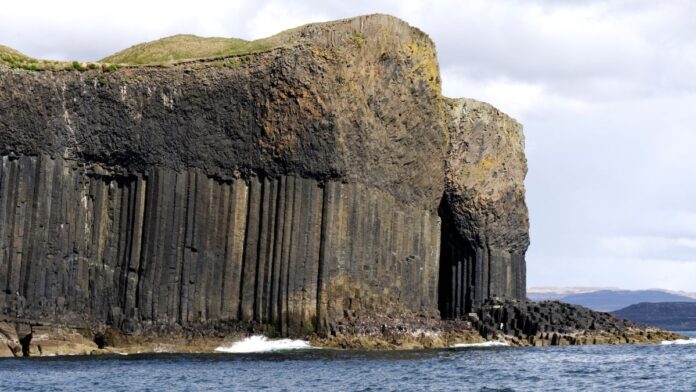There is so much for tourists to see in Scotland that you cannot finish exploring all the attractions in a city within one trip. With that many options, tours to Scotland tend to be all about popular attractions in famous cities like Edinburgh, Glasgow, and Inverness. If you are looking for a diverse travelling experience in the country, ask your tour guide for the closest cave to your location. Scottish caves are treats for nature lovers, and you will be awed by the history some of these caves have. Let’s begin with some popular ones.
READ MORE: Here are the top 4 adventure activities on an iconic Scotland road trip
Fingal’s Cave, Isle of Staffa
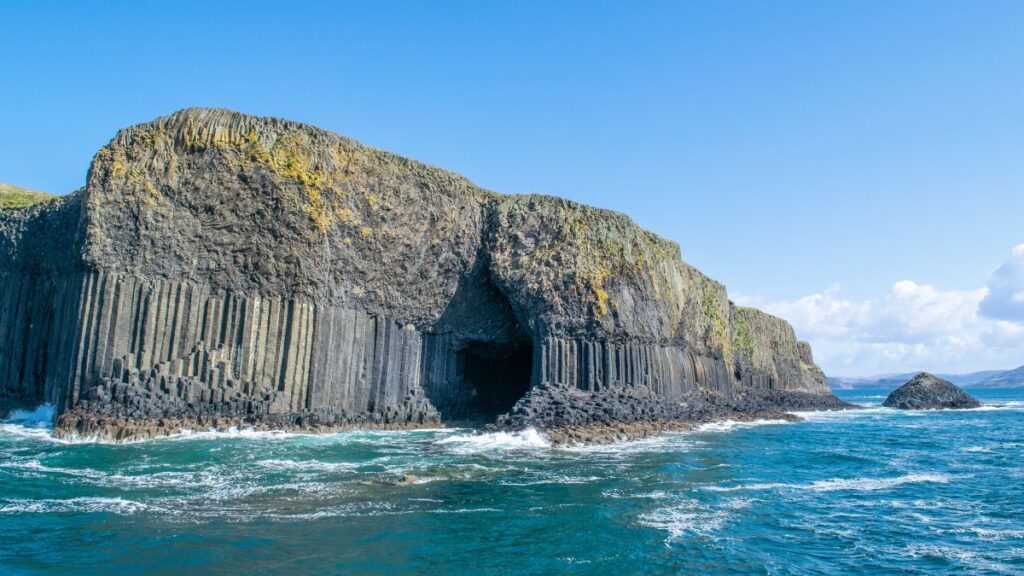
Fingal’s Cave is one of Scotland’s most famous underground attractions and is a must-see while on the Isle of Staffa. The caves are symmetrical squares in shape and form a picturesque sight with the seawater lapping at the entrance. The cave comprises columns believed to have been made over 60 million years ago from basalt, a volcanic rock made from rapid cooling of lava. The basalt columns are about 1 to 2 metres in diameter and 10 to 12 metres in length. Over the years, the lapping of the sea waves has worn away the softer part of the rock, forming the hexagonal shapes that currently exist.
Fingal’s cave is accessible by boat from the island of Staffa. Before getting there, you should join a boat tour from the island of Iona or the town of Oban. Apart from the journey on the water, you can also take advantage of Scotland trains to get to the closest towns, from which you can take boats to reach the island. The island is uninhabited but has inspired notable works in popular culture, such as Felix Mendelssohn’s Hebrides Overture.
The Bone Caves, Inchnadamph, Sutherland
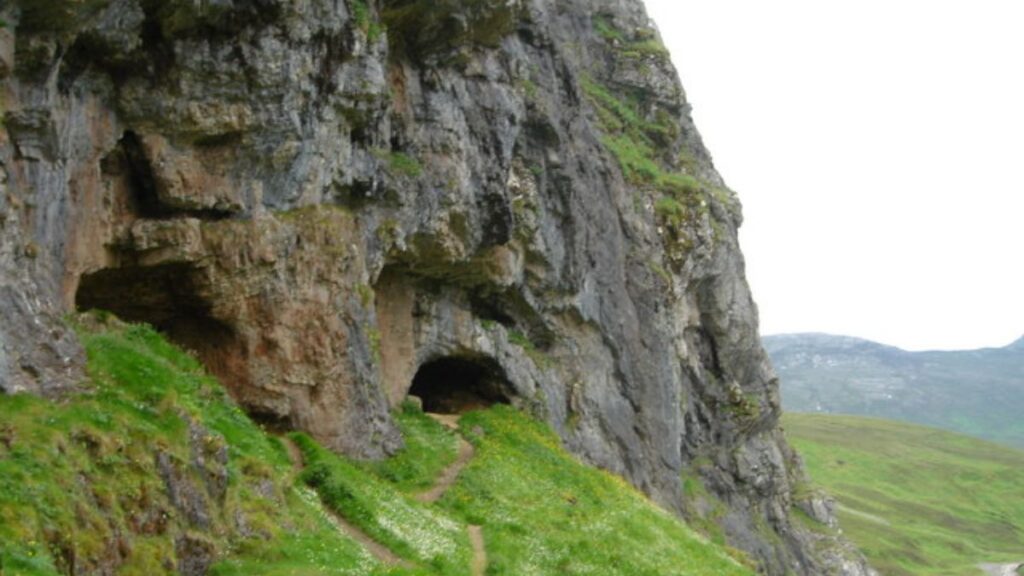
If you are on an adventure to discover caves in Scotland, you must not miss the intriguing Bone Caves of Inchnadamph. The caves were created during the last ice age by erosion, which left the caves hundreds of feet above the valley floor. Four cave openings are set into Creag nan Uamh and look out from the crag base over the Allt nan Uamh glen. They can only be approached by foot from Inchnadamph.
The Bone Caves were excavated by geologists in 1889, discovering bones of animals who had been extinct in the Highlands. The area used to serve as a refuge for these sub-arctic species such as arctic fox, polar bear, lynx and lemmings. Further excavations later revealed remains of other animals, such as the reindeer antler and a wildcat. At some point, human bones were uncovered in what was believed to be intentional burials. The caves have been an attraction since geologists John Horne and Ben Peach discovered them in the late 19th century.
St. Ninian’s Cave, Dumfries and Galloway
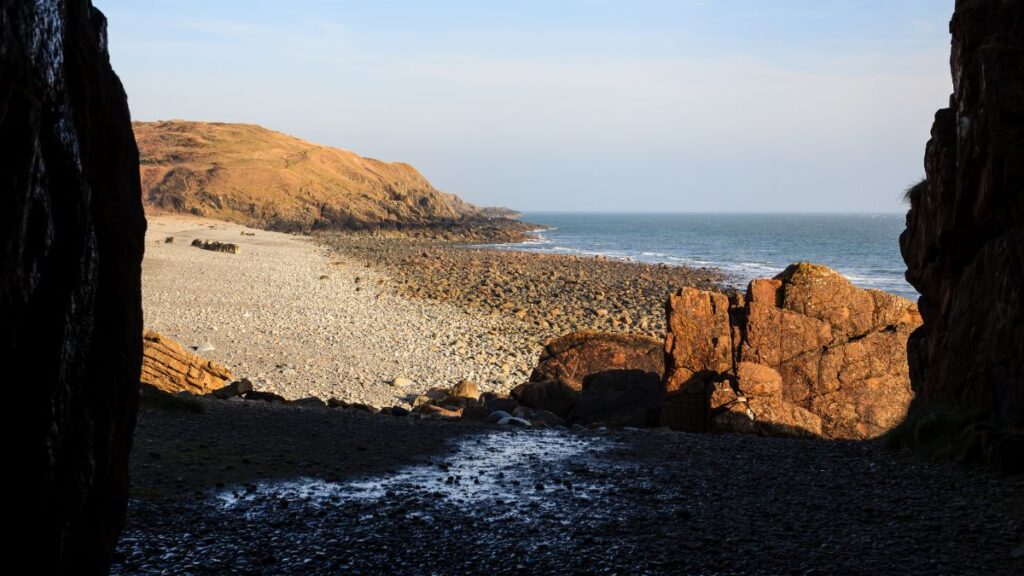
Another famous cave in Scotland is St. Ninian’s Cave in Dumfries and Galloway. The cave was named after Scotland’s first saint, who was believed to have used it for prayer and retreat. His church, Whithorn Abbey, is located just four miles away and can still be seen by tourists. The cave itself is a major attraction for Christians who visit as a form of pilgrimage. Non-Christian tourists also visit to explore what is left of the cave.
St. Ninian’s cave is now much smaller than it used to be due to rock fall. Its current size measures about seven metres long, three metres wide, and three metres high. During archaeologist C.A. Ralegh Radford’s excavation in 1950, he discovered stone walls and pavements within the cave, which also holds some undated burials. There were also some carved stones and crosses, now on display in the Whithorn Priory and Museum.
READ MORE: Here are the 10 best historical cities in Europe
Smoo Cave, Durness, Sutherland
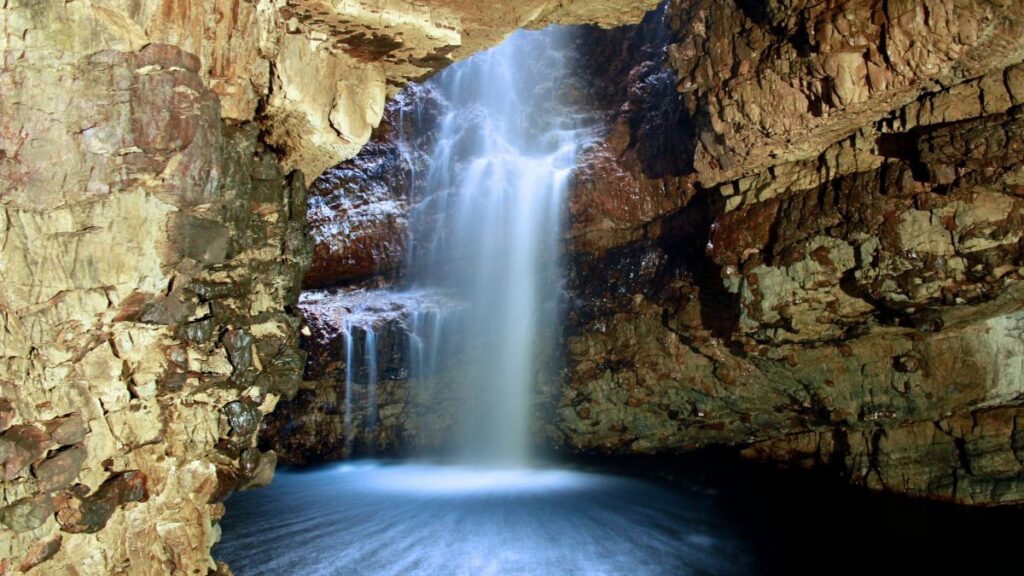
The final cave on our list is another one from Sutherland. A perfect counter to the eeriness of the Bones Caves is the marvel of the Smoo Cave. Located near Durness, the sea cave is dug deep into the limestone cliffs and is the largest sea cave in the country. It has a large entrance, which leads to a waterfall chamber and a freshwater passage. There are two main chambers that most tourists explore. The first is about 60 metres by 40 metres and is 15 metres high.
A smaller chamber is accessible via a wooden walkway but is no less impressive. The waterfall rises about 25 metres into the cave ceiling, which is open to the sky. This forms a stunning blowhole during stormy seas, but you can’t be sure you’ll experience that during your visit. Smoo Cave is best explored during the summer through boat trips that can explore deep into the cave.
Exploring all the interesting caves in Scotland in a single trip is impossible. You can start from the ones closest to other attractions to maximize your trip. Some are also close to each other and can be visited on a single trip.

